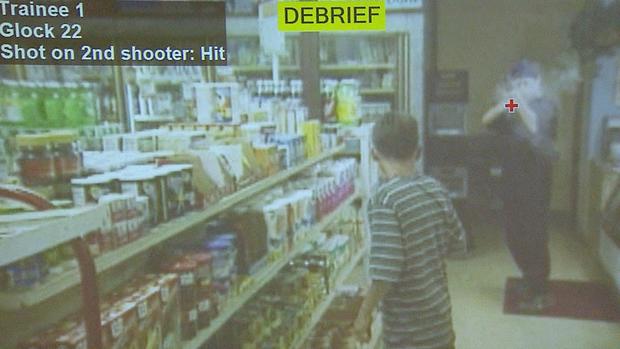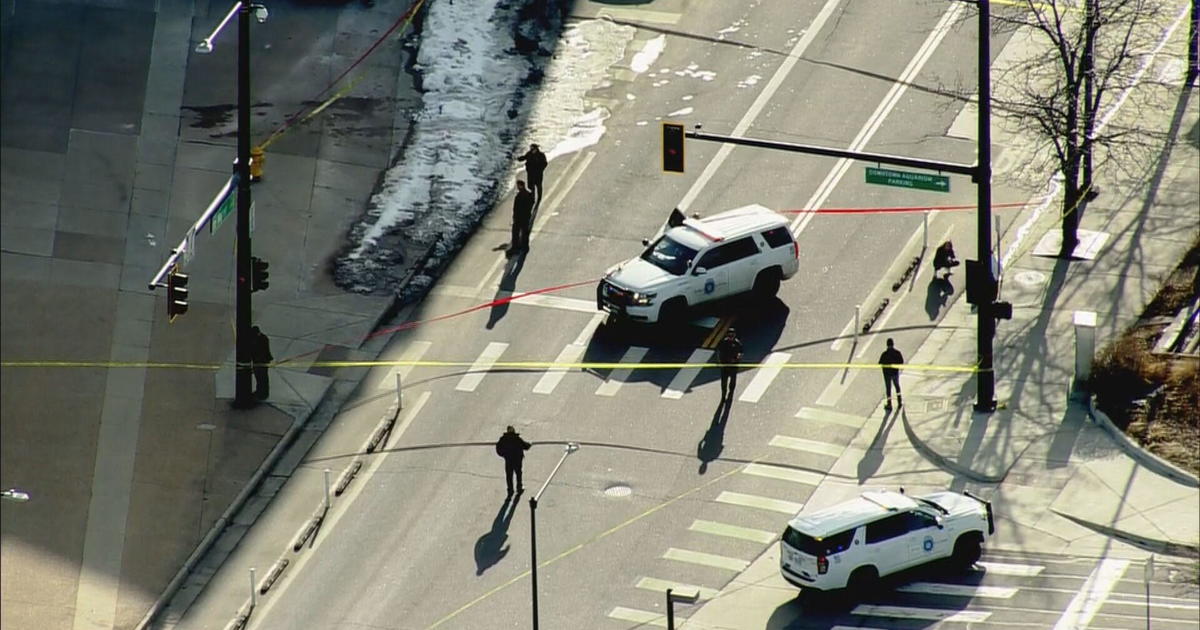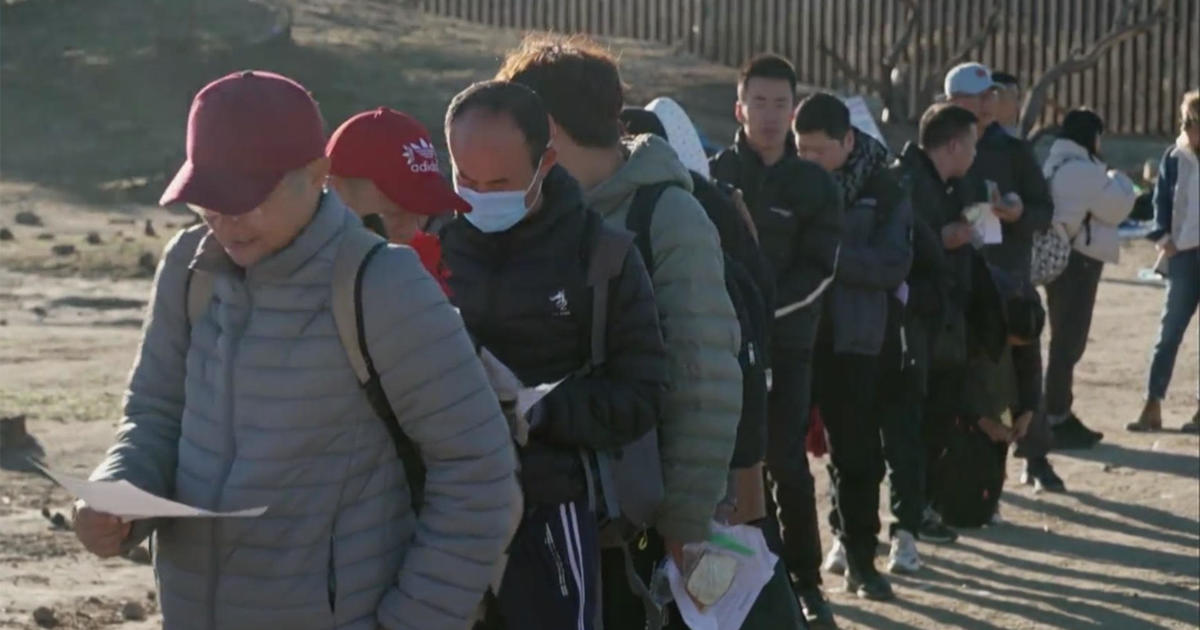DEA Agent Gives Firsthand Look At Making Split-Second Decisions In Deadly Situations
The Drug Enforcement Administration's Denver Field Office invited CBS4's Jennifer Brice into their training facility. She got a firsthand look at what it's like to make split second decisions.
DENVER (CBS4) - Police-involved shootings and the use of deadly force are making headlines across the country. An officer's training is among many things that will be criticized after a use of deadly force situation.
Terry McIntosh is the primary firearms instructors for the Drug Enforcement Administration's Denver Field Office. He showed me video clips of how fast a person can pull and fire a gun, in a matter of seconds. Police often are reacting to suspects and the type of threats they pose.
"That means were always a fraction of a second or more behind," McIntosh said. "If you have an important decision to make in your life, you take a few days, a few months and maybe a few years."
Police officers only get a fraction of a second to sometimes make life-changing decisions while on the job.
Federal agents train on a video simulator called the Milo system. It's loaded with multiple scenarios that a police officer would likely encounter, such as an active shooter in a building, a drug buy with an informant or a store robbery.
In one scenario I role-played as an officer attempting to knock on someone's door to talk to get information. I was immediately met with resistance by a man who began yelling and pulled a shotgun. Defending myself quickly turned into deadly force. I began to fire and the man dropped. Then a second suspect appeared who said he didn't want to be shot. I was trained to use clear verbal commands. I said, "Come outside on the porch with your hands up."
The man began to comply but then pulled a gun. I shot him in the chest.
The debrief session after the shooting scenario covered three main things -- What did you see? What did you do? Why did you do it? Those are questions that an officer will have to explain if he's involved in a deadly force shooting and possible encounter in court.
McIntosh critiqued the scenario and explained that I did a good job of introducing myself as an officer, which is important.
"You spoke calmly to him. You tried to calm him down by being calm yourself," McIntosh said.
McIntosh says deadly force can be used if an officer feels threatened, or if a suspect could cause death or even serious harm to the officer or people nearby.
In another scenario I was an off-duty officer at a store with my child. A man walked in and attempted to rob the clerk, pointing a gun at her. I immediately asked the man to put his gun down as I drew mine. He didn't comply, so I shot him.
"You could justify that because it put yourself and other people at risk," McIntosh said.
But not all situations are easy to justify in court. In one scenario I was trying to arrest a wanted suspect. He lunged at me and I began firing. He didn't have a gun.
"He's an empty-handed attacker. We are expected to take somewhat of a beating before we result to deadly force," McIntosh said.
David Schiller is the Assistant Special Agent in Charge for the Denver Field Office. He says officers may have only a second to respond to a suspect or less.
"Someone is going to be spending weeks, days or years -- on one hand -- trying to defend us. On the other hand they may be trying to prosecute us or remove us from our job," Schiller said.
What I learned from the training is that officers are put into difficult, high stress situations. Training is key, but no two situations are the same. It's quick to jump to conclusions about police-involved shootings, but ultimately officers are responsible for every round they fire, whether it's a true round or an errand round.
I asked McIntosh, what's the biggest misconception people have when they see police involved shootings?
"That the police are out there trying to shoot as many people out there as they can," he said. "Or (the misconception) is that we're not trying to use any other avenues before they draw and shoot."
The DEA's office is constantly training their agents. They also invite many local and state police to train at their facility.
Jennifer Brice is a reporter with CBS4 focusing on crime and courts. Follow her on Twitter @CBS4Jenn.






